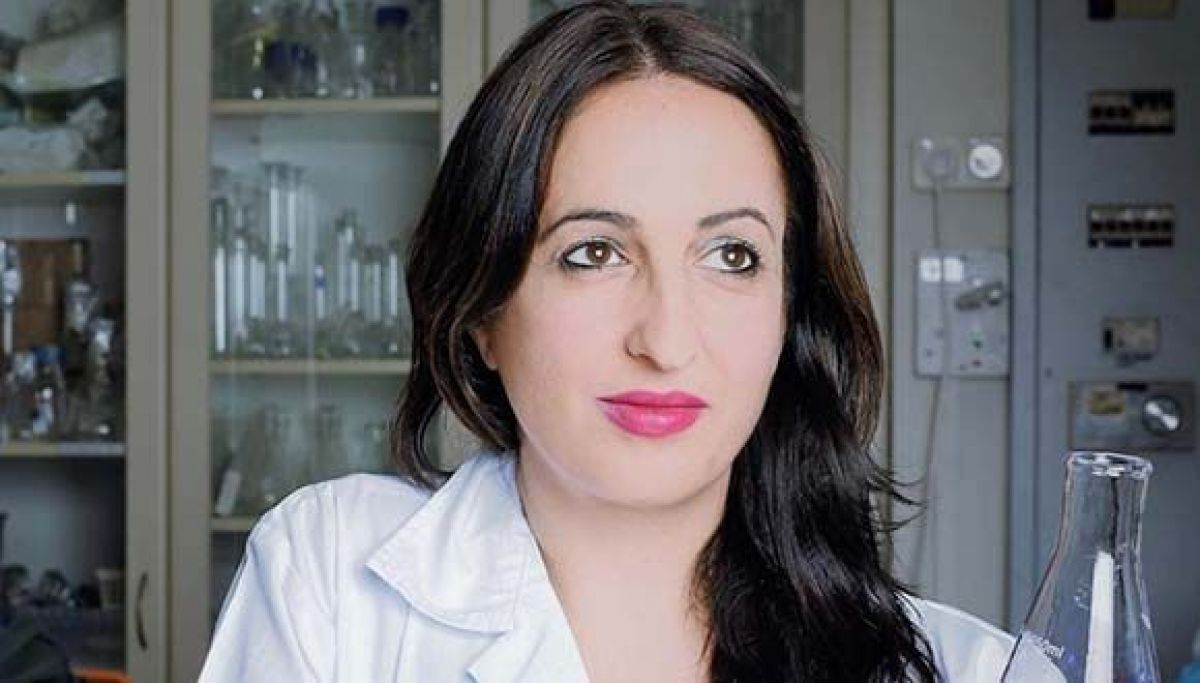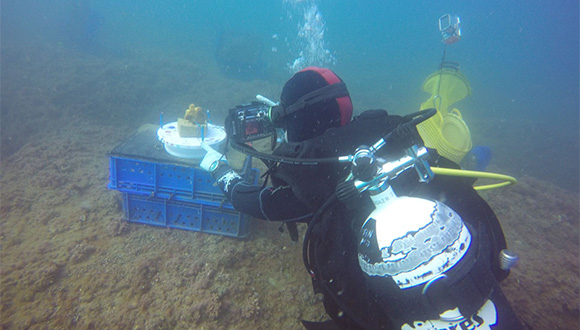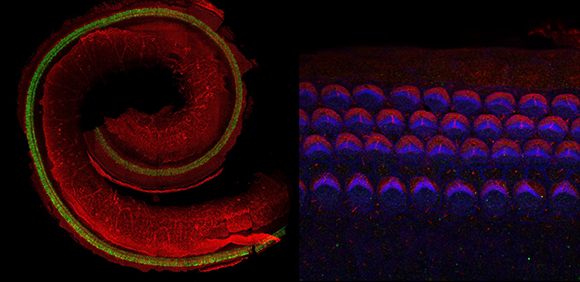Hollywood Legend Martin Scorsese Meets with TAU Students, Donors
“Film school was a major turning point in my life; I’ve been wanting to talk to TAU students for a long time”
More than 1,700 participants from Tel Aviv University’s Steve Tisch School of Film and Television – students, governors and friends from around the world – took part in a webinar with one of the major figures in Hollywood’s film industry, Martin Scorsese.
Scorsese told the participants that he spent an “extraordinary” time in Tel Aviv back in 1983, and that he wishes he could be there in person. “I’ve been in my room since March 13”, the acclaimed director joked, adding: “I’ve been wanting to talk to Tel Aviv University students for a long time. Steve Tisch and I go back to 1971”.
Scorsese went on to talk about his days as a young film student in NYU. “Film school was a major turning point in my life. The professors spoke with such passion, that I realized that was where I belonged. When one of the students asked Scorsese about improvisation in his films, he told the story of the famous “are you talking to me?” monologue in “Taxi Driver”.
When asked about Israeli cinema, Scorsese pointed out filmmakers Eran Riklis and Amos Gitai, and called Samuel Maoz’s 2017 film “Foxtrot” – “incredible”.
The webinar is part of an ongoing series of monthly live interviews with major players in the world of film and television – including dignitaries such as Robert De Niro and Michael Douglas.
The online meeting was hosted by Prof. Eran Neuman, Dean of the Yolanda and David Katz Faculty of the Arts, and attended by Prof. Raz Yosef, Head of the Steve Tisch School of Film and Television. Dr. Dan Chyutin, a researcher at TAU’s Steve Tisch School, and Yona Rozenkier, screenwriter, director and the School’s alumnus, acted as moderators.
Martin Scorsese is an American film director, producer, screenwriter, and actor. He studied at New York University, where he received a Bachelor’s degree in English literature in 1964, and a Master’s degree in fine arts in film from NYU’s Tisch School of the Arts in 1966. Scorsese is one of the major figures of the New Hollywood era, and is widely regarded as one of the most significant and influential directors in film history. He is known for such films as “Taxi Driver” (1976), “Raging Bull” (1980), “The Wolf of Wall Street” (2013), and “The Irishman” (2019 ). Scorsese is the winner of multiple awards, both national and international, including one Oscar, 167 prizes and 278 nominations. In 2007 he was presented with the Kennedy Center Honor at the John F. Kennedy Center for the Performing Arts for his influence in American culture.
About the Steve Tisch School of Film and Television
Founded in 1972, the Steve Tisch School of Film and Television offers unique and diverse opportunities for developing proficiency in film and television production, as well as for studying film history, theory, and criticism. The Hollywood Reporter ranked the Steve Tisch School of Film and Television among the top 15 international film schools. Many of Israel’s most prominent filmmakers, scholars and critics are among its graduates; student films produced in the school are regularly screened and win awards in prestigious international festivals.












